Doctors Kate Killoran (KK) and Katy Morrison (KM), and Happier Outside founder Mish Sommers started a Women’s Wellness Walk series this winter, based loosely on the Walk With a Doc model, and open to midcoast Maine women.
At each session, we select a topic of interest to present and discuss. Here are a few topics we’ve covered so far!
The RBG workout (KK): Ruth Bader Ginsburg, it turns out, is TOTALLY BADASS. In her 60’s, she started a workout regime that includes planks, squats, sit-ups and other strengthening exercises. 25 years later she’s still spry, smart and stronger than ever. You can buy her book, or check out the his article: https://www.politico.com/magazine/story/2017/02/rbg-ruth-bader-ginsburg-workout-personal-trainer-elena-kagan-stephen-breyer-214821
Slowing Down: It's important to slow it down! We know that! KM gave us a book review on “In Praise of Slowness”, Carl Honore.
Tiny Habits: making changes to our behavior is HARD! BJ Fogg says that you either need to have an epiphany, change your environment radically or introduce tiny habit changes. Tiny habit changes are linked to your current behaviors, should be totally do-able, and must be celebrated regularly. For more, check out: http://tinyhabits.com/
The Risks and Benefits of Alcohol (KK): http://drkatemd.com/alcohol/
The health benefits of spending time outdoors (KM)
Willpower and behavior change (KK) (Spoiler alert: willpower is not enough, but it IS important). http://drkatemd.com/habits/
Explaining pain (KM).
The Parasympathetic nervous system, and how the “rest and digest” part of our nervous system helps us feel calmer (KM).




















